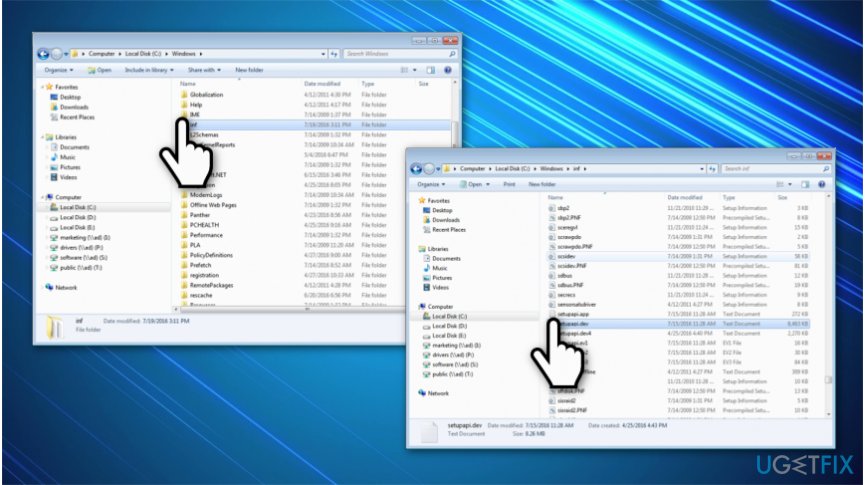

In this way, you can copy scripts, application executable files, or system tools (PsTools, iperf, Portqry, etc.) to user computers.
Copy log windows update#
Copy log windows how to#
Copy log windows full#
You can view the full list of the environment variables available in GPP by pressing F3. To copy files to the current user’s Desktop, use %DesktopDir% You can select a specific folder on a computer as a target directory or use environment variables.If the file does not exist, it will be copied Update (a default policy) – if a file already exists and the source and destination files are different, it is not replaced with the source file (only attributes will be replaced). If you only want to replace the file once, enable the ‘Apply once and do not reapply’ option on the Common tab If the source file is large, it will be copied every time the GPO is updated, which can cause a high network load. Replace – the target file on a user’s computer is always replaced by the source file. 4 actions are available for copying files using GPO:Ĭreate – file is copied to a target directory only if it doesn’t exist there.You can select the specific file name here or copy all files from the source directory at once by specifying a wildcard character *.
Copy log windows windows#
Expand the following Group Policy Preferences section: User Configuration –> Preferences -> Windows Settings -> Files.Create a new GPO object ( Cop圜orpApp) and link it to the OU that contains users’ computers.Open the Group Policy Management console ( gpmc.msc).You can create a group using this PowerShell cmdlet: New-ADGroup CorpAPPUsers -path 'OU=Groups,OU=DE,dc=woshub,DC=com' -GroupScope Global -PassThru –Verbose Add users to the group to whose desktop you want to automatically copy files through the GPO: Add-AdGroupMember -Identity CorpAPPUsers -Members asmith, bmuller, tweber Create a new Active Directory security group ( CorpAPPUsers) using the Active Directory Users and Computers snap-in ( dsa.msc).Make sure that the Authenticated Users group has read permissions on this folder. I have placed the files in the Sysvol folder \\\SYSVOL\\scripts\CorpApp. It may be a shared SMB folder on a file server or the SYSVOL directory on a domain controller (this folder is automatically replicated between all DCs in the domain using DFS, it is convenient to use it since it helps to reduce the load on the WAN links). How to Copy Folders and Files with GPO Startup Script?Ĭopying Files Using Group Policy Preferencesįor example, I want to copy two files ( app.exe and settings.xml) to the Desktops of some Active Directory domain users.Ĭreate a shared folder to store the source files you want to copy to users’ computers.Copying Files Using Group Policy Preferences.


 0 kommentar(er)
0 kommentar(er)
